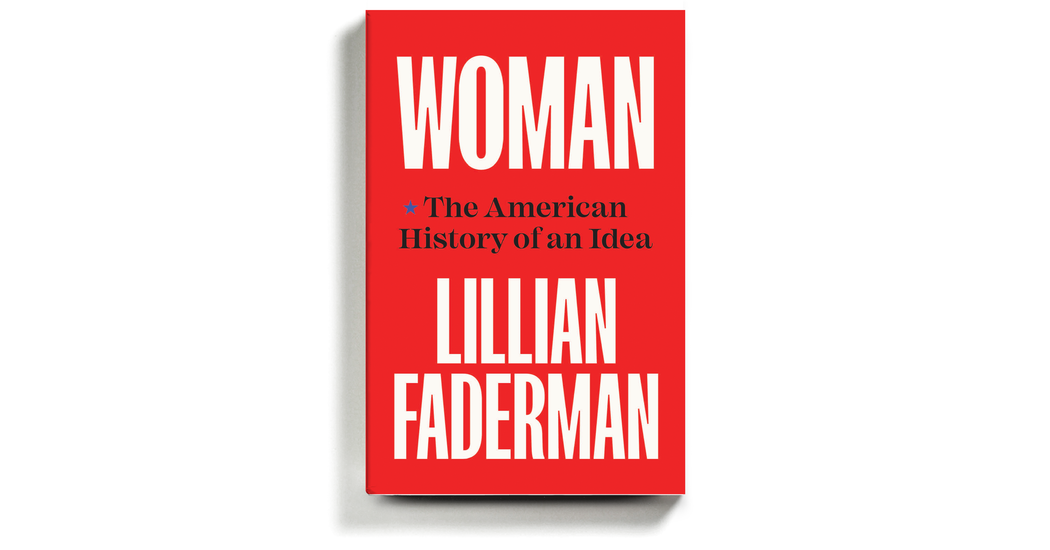
WOMAN
The American History of an Idea
By Lillian Faderman
Illustrated. 571 pages. Yale University Press. $32.50.
We’ve come a long way, baby.
Maybe?
That’s the general sentiment evoked by “Woman: The American History of an Idea,” by Lillian Faderman, an ambitious attempt to delineate nothing less than the changing state of being female in this country over the past four centuries. “Woman” is exhaustively researched and finely written, with more than 100 pages of endnotes. Its bold red-orange spine would look handsome nestled next to Chimamanda Ngozi Adichie’s TED Talk-turned-best seller “We Should All Be Feminists” and Rebecca Solnit’s “Men Explain Things to Me,” or for that matter “Woman: An Intimate Geography,” by Natalie Angier.
This “Woman” is dense with people and events, covering everything from Puritan poets to the pill to Mr. and Mrs. Potato Head; featuring reformers, revolutionaries and reactionaries both famous and obscure. But it doesn’t really sink into the psyche as one might expect, given that Faderman is one of the pre-eminent L.G.B.T.Q. scholars of our time — recognizing that not many were permitted to exist in previous times. It’s kind of a Gyncyclopedia Britannica in a Wiki, tricky world of identity politics: impressive but not essential.
Faderman’s most heralded works, “Surpassing the Love of Men” (1981) and (1999), are bedrocks of lesbian history. A professor emerita at California State University, Fresno, she has written many other books, most recently a slender biography of the gay rights leader Harvey Milk. Her memoir “Naked in the Promised Land” (2003), reissued two years ago with an introduction by Carmen Maria Machado, is captivating. Faderman even wrote a memoir about her mother. Some of us have to be reminded to call our mothers.
“Woman” starts strong, with an account of “pachucas,” the rebellious and daringly dressed Mexican American girls who were Faderman’s junior high-school classmates in the 1950s, often forced to go to charm school or “juvi,” and with whom she sympathized, aware that her own sexuality made her outré: “a fugitive from the ideal.” The pachucas return in a later chapter, as one of many groups to flout the established norm, including roller derby skaters, flappers, riot grrrls, temperance activists wielding hatchets, Chinese American suffragists in three-cornered feathered hats and, to my surprise, hoboes, “mooching” in army breeches. “For thousands of women, the Depression was oddly liberating,” Faderman writes. “They were poor and footloose, and they found a fresh way to snub conventions about how a woman ought to live.” Given the scope of her project, however, we only visit each of these fascinating subcultures for a short time.



